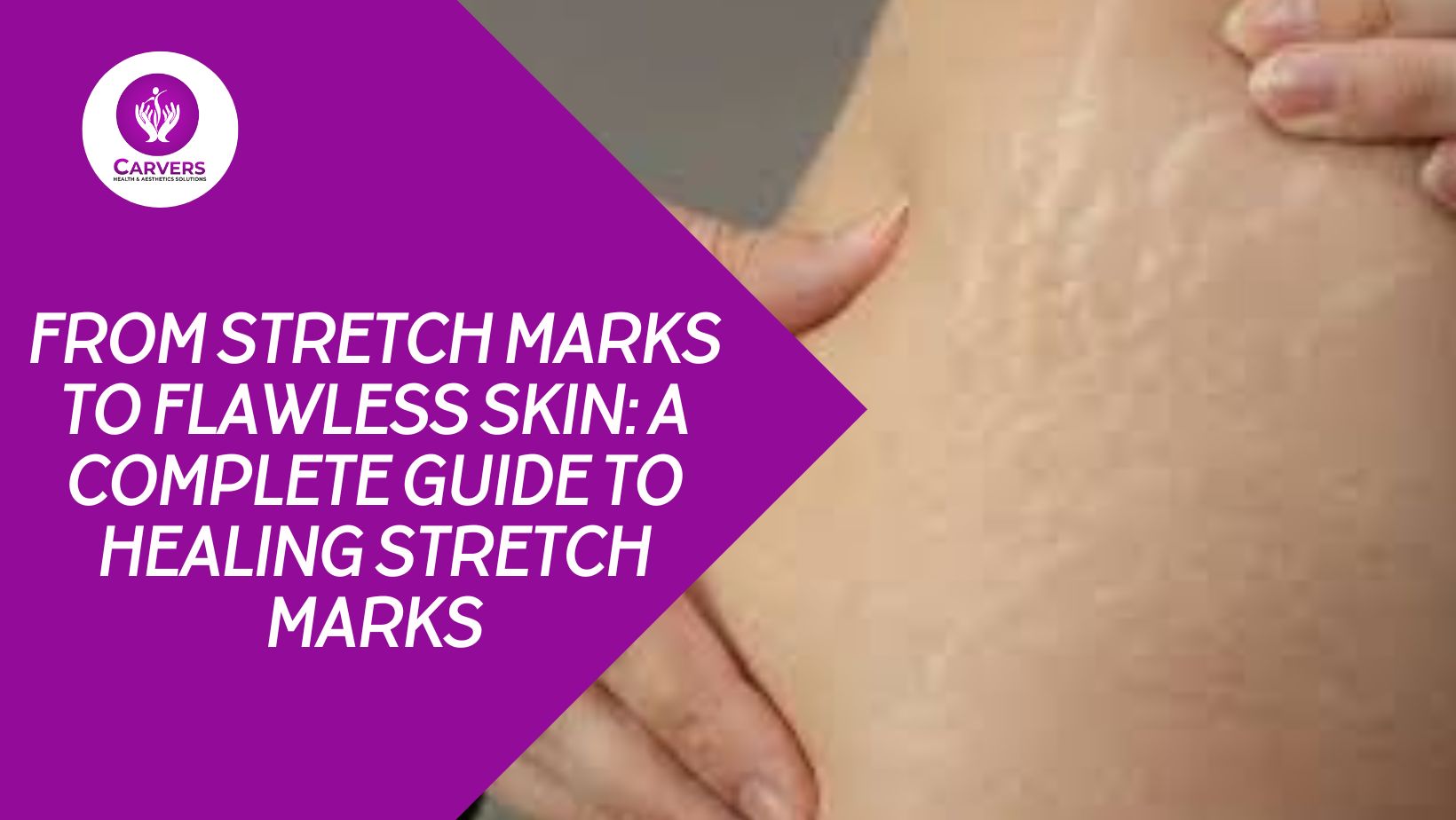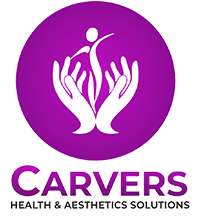
From Stretch Marks to Flawless Skin: A Complete Guide To Healing Stretch Marks
Stretch marks, medically known as striae distensae, are a common skin condition characterized by the appearance of parallel lines or streaks on the skin. They often occur due to rapid stretching of the skin, which can be caused by factors such as pregnancy, weight gain, puberty, or certain medical conditions. While they are harmless and do not pose any health risks, stretch marks can be a source of concern for many individuals, especially when they appear in visible areas such as the abdomen, thighs, hips, or breasts.
In this comprehensive guide, we will explore the causes of stretch marks, the various treatment options available, and practical tips for preventing and minimizing their appearance.
Understanding Stretch Marks
Stretch marks occur when the skin is stretched beyond its elastic limit, causing the collagen and elastin fibers in the dermis (the middle layer of the skin) to rupture. This results in the formation of scar tissue, which appears as stretch marks on the skin’s surface. Initially, stretch marks may appear red, purple, or pink in color and may feel slightly raised or itchy. Over time, they often fade to a lighter color and become less noticeable, although they may not completely disappear.
Common Causes of Stretch Marks
Stretch marks can occur due to a variety of reasons, including:
– Pregnancy: The rapid growth of the abdomen during pregnancy can lead to the development of stretch marks.
– Weight Gain: Rapid weight gain, such as during adolescence or due to fluctuations in weight, can cause stretch marks to form.
– Puberty: The hormonal changes that occur during puberty can contribute to the development of stretch marks, especially in areas such as the thighs, hips, and buttocks.
– Medical Conditions: Certain medical conditions, such as Cushing’s syndrome or Marfan syndrome, can increase the likelihood of developing stretch marks.
– Corticosteroid Use: Prolonged use of corticosteroid medications can weaken the skin’s collagen and elastin fibers, making it more susceptible to stretch marks.
Treatment Options for Stretch Marks
While stretch marks cannot be completely erased, there are several treatment options available to help minimize their appearance:
– Topical Creams: Over-the-counter creams containing ingredients such as retinoids, hyaluronic acid, or vitamin C can help improve the appearance of stretch marks by promoting collagen production and skin regeneration.
– Prescription Medications: In some cases, a dermatologist may prescribe a more potent topical cream or ointment to help reduce the appearance of stretch marks.
– Laser Therapy: Laser therapy uses focused light energy to stimulate collagen production and improve the appearance of stretch marks. It is a safe and effective treatment option for reducing the redness and visibility of stretch marks.
– Microdermabrasion: Microdermabrasion uses a device to exfoliate the outer layer of the skin, which can help improve the appearance of stretch marks by promoting cell turnover and collagen production.
– Chemical Peels: Chemical peels use a chemical solution to exfoliate the outer layer of the skin, which can help improve the appearance of stretch marks and promote skin regeneration.
Preventing Stretch Marks
While it may not be possible to prevent stretch marks entirely, there are several steps you can take to minimize their likelihood:
– Maintain a Healthy Weight: Avoid rapid weight gain or loss, as this can increase the risk of developing stretch marks.
– Stay Hydrated: Drinking plenty of water can help keep your skin hydrated and improve its elasticity, reducing the likelihood of stretch marks.
– Eat a Balanced Diet: A diet rich in vitamins and minerals can help promote healthy skin and reduce the risk of developing stretch marks.
– Use Moisturizers: Regularly moisturizing your skin can help improve its elasticity and reduce the likelihood of stretch marks forming.
In conclusion, stretch marks are a common skin condition that can be a source of concern for many individuals. While they cannot be completely erased, there are several treatment options available to help minimize their appearance. By understanding the causes of stretch marks and taking proactive steps to prevent them, you can help keep your skin looking healthy and beautiful.
